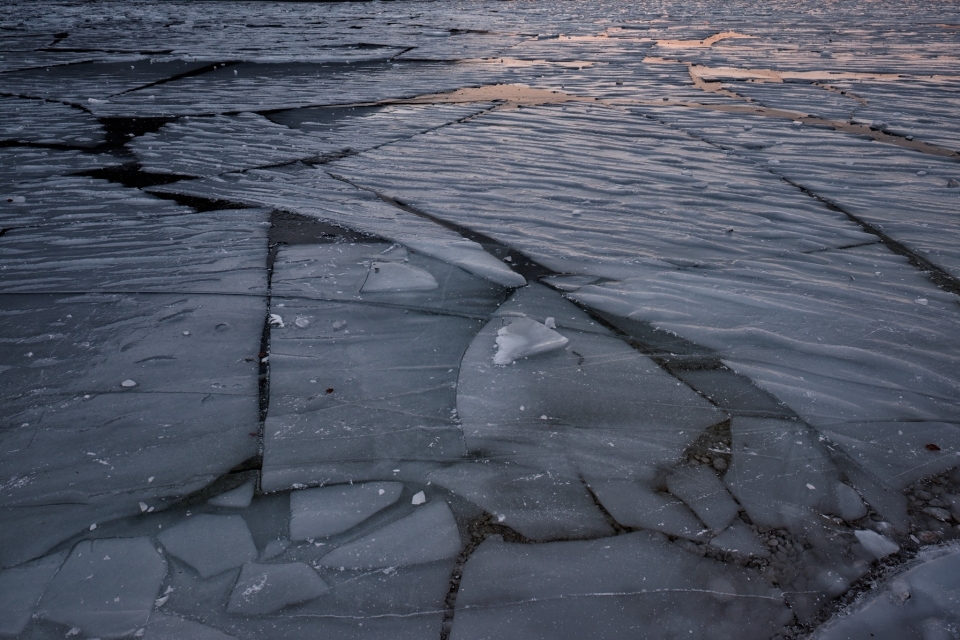In the Matarsko Podolje and the Divača Karst (between Obrovo and Divača), there are many abandoned ice pits—shallow depressions with standing water. In the past, ice was cut from these pits and exported and sold in Trieste during the summer. Ice was stored in ice houses.
Most of the ice houses were round, dug into the ground and covered with a roof. They were made in a natural sinkhole or in a dug-out cave. The ice houses were at a constant temperature, so the ice stayed in them all year round, or at least for a large part of the year.

Ice houses and nearby ice pits (sinkhole ponds) helped individual villagers build entire villages. The income from this activity was obviously good, as shown by the fact that in Nasirc, for example, there were as many as 24 ice houses - one ice house per homestead.
Ice harvesting began in winter, when ice was cut from the ice pits (sinkhole ponds) with ice axes. These were huge blocks of ice, between five and ten metres long and about 30 centimetres wide. They were pulled out of the pits with special hooks. They were then loaded onto carts and transported to the ice house. There, they were cut into smaller pieces, half a metre long. . The ice was covered with clean, dry beech leaves to prevent the pieces from sticking together.
The work has been extremely difficult. Workers who moved the ice into the ice house protected their hands with sheepskin gloves coated with grease. They were usually paid only for drinks and food.
The ice was transported to Trieste in the summer months and sold. Because of the high summer temperatures, they set off at night or very early in the morning. The pieces were loaded onto a wagon and again lined with beech leaves and straw. The whole wagon was then well protected with oak leaves and canvas. This prevented the ice from melting too quickly. When they arrived in Trieste, the ice was put in special cellars or rooms, which were well insulated and the coldest. The ice was sold to butchers, merchants, brewers, fishermen and innkeepers, and some was also sold to ships.

Source: Pixabay
DID YOU KNOW?
- One of the most famous ice houses is the Kačiška ledenica, which was the second largest ice house in Europe at the time. This underground structure is very special because it has been walled and roofed over.
- A similar process of storing ice and snow in karst depths is still used today, at the Rudno polje in Pokljuka. Every year, the ice and snow is used to prepare the biathlon competition area. This is particularly practical when natural snow is scarce.

